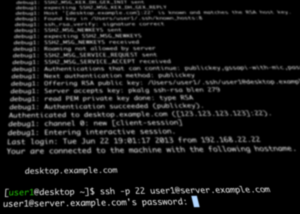Normally your switch will automatically learn MAC addresses and fill its MAC address table (CAM table) by looking at the source MAC address of incoming frames and flooding frames if it doesn’t know where to forward the frame.
First, the router who has static route pointing to the interface sends ARP request for every packet with unknown destination. Second, the ' ip proxy-arp' command is enabled by default in routers. When router gets the arp request with destination for network that it has in its routing table it sends reply with his mac address in ARP packet for this destination. Based on some research, here’s a way to add permanent static routes to Mac OS X Lion (and problably other OS Xs too). The principe is that we create a bash script which is run on every boot and sets static routes. First of all, you have to be a local admin. Open a terminal and change to the StartupItems directory. Cd /Library/StartupItems.

This process is vulnerable to layer 2 MAC address spoofing attacks where an attacker spoofs a certain MAC address to change entries in the MAC address table. A really simple method to deal with this issue is to manually configure entries in the MAC address table, a static entry will always overrule dynamic entries. You can either specify the interface where the MAC address is located or tell the switch to drop the traffic.

Static Route Windows 10
Let’s look at an example!
To demonstrate this we only require two devices. A router to generate some traffic and a switch to look at (and configure) the MAC address table. Here’s the configuration:
We’ll do a quick ping to generate some traffic so SW1 can learn about the mac address of R1’s FastEthernet 0/0 interface:
Let’s take a look at the MAC address table:
Static Route Mac Address
Here’s the MAC address of R1, learned dynamically. Let’s turn this into a static entry:
Use the mac address-table static command to create a static entry. Here’s what the MAC address table looks like now:
Static Route File Mac
There it is, a static entry. No way to overrule this unless you have access to our switch. This prevents us from moving R1 to another interface on SW1 unless we change the static entry. Like I mentioned before we can also change a static entry so it will drop all traffic. Here’s how to do it:

